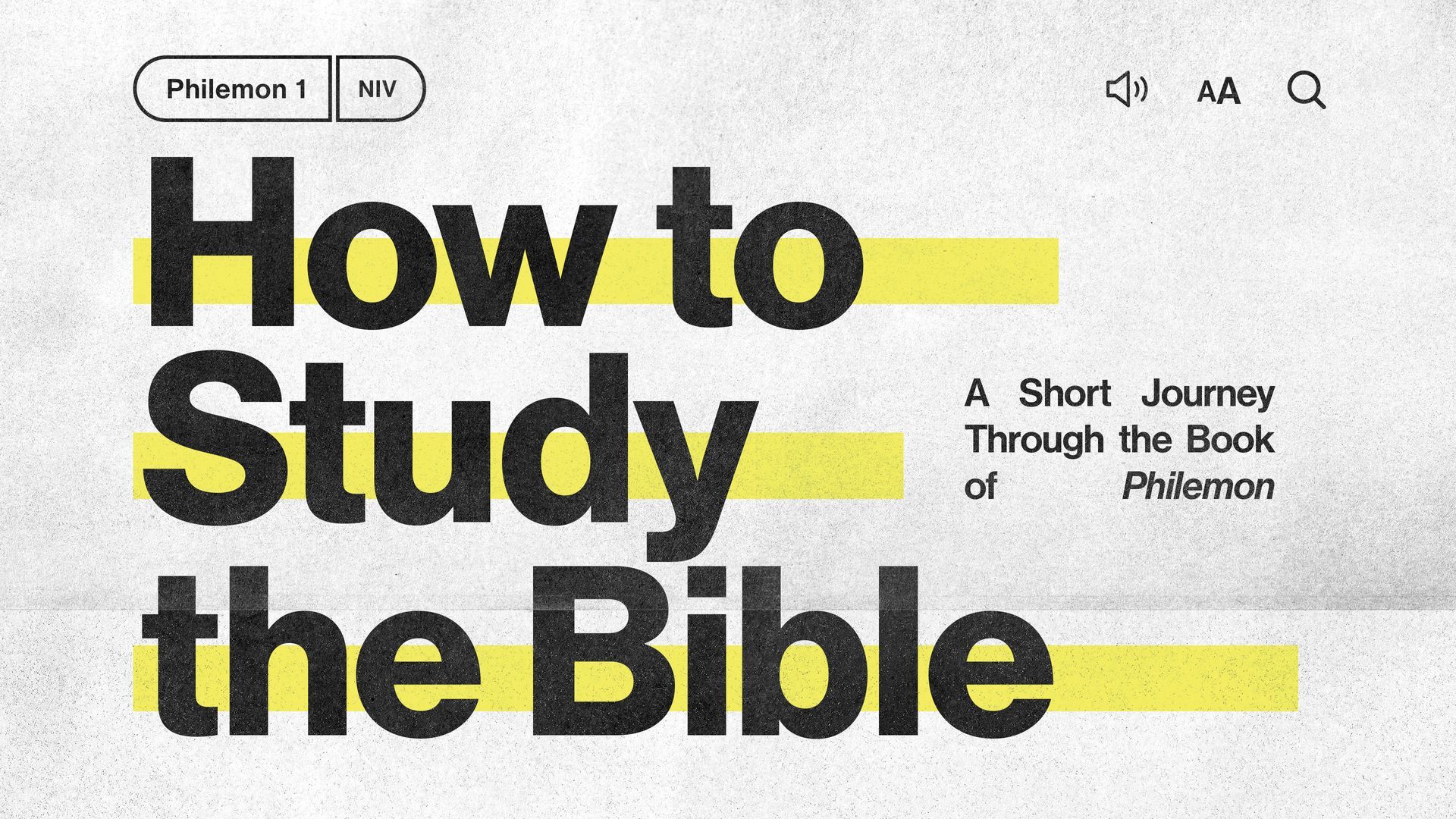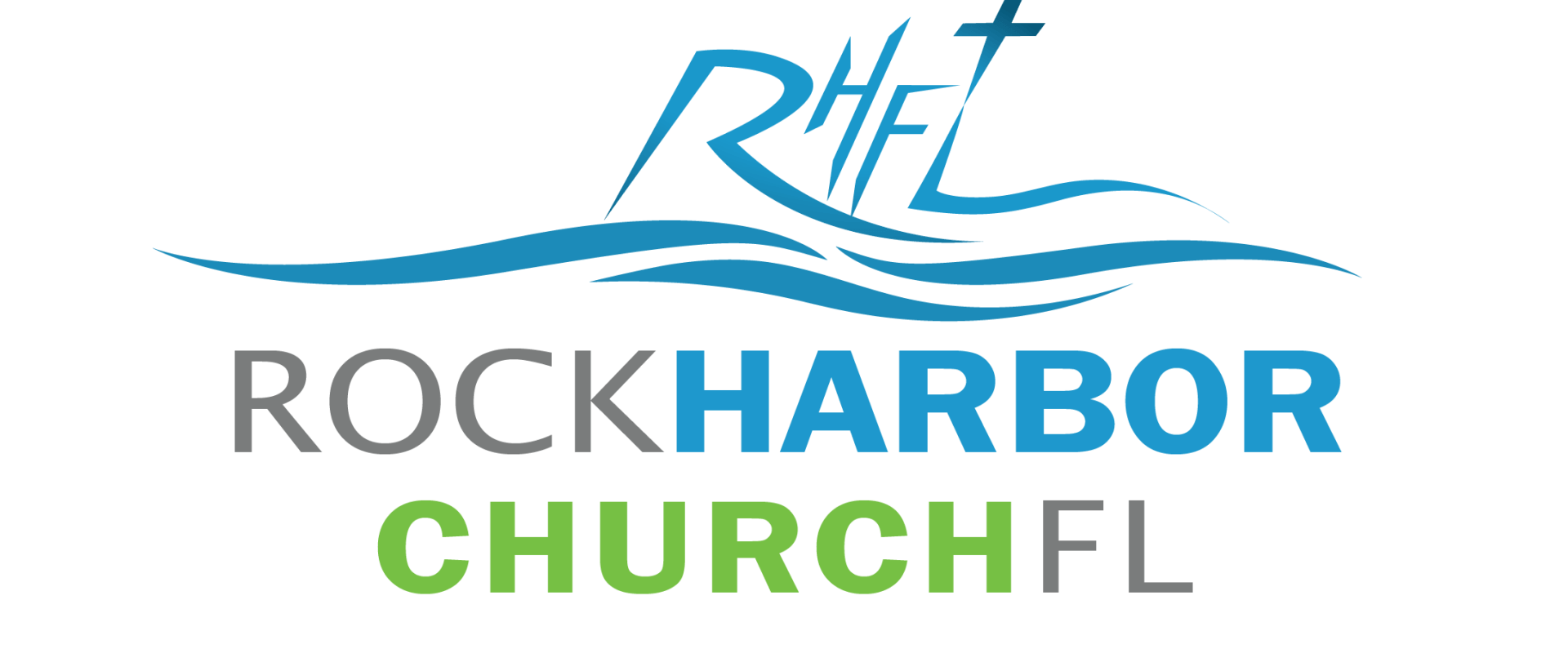
Your Guide to Understanding the Bible
The five steps in this guide will help you learn how to read and understand the Bible more, so you can grow closer to God.
We are thankful to our friends, and fellow Covenant Church plant, Life.Church for many of these resources.
1. Find a translation you understand.
The Bible was written in three ancient languages. Each translation into modern languages represents years of work to help you process the Bible in a way that makes sense.
- Choosing a Translation—Learn more with this video from The Bible Project.
- Bible Hub - A great website for translation comparison and Greek / Hebrew studies.
- Get the Bible App—Access more than 3,200 Bible versions in over 1,600 languages wherever you are.
- Get Right Now Media - Our FREE gift to you, paid for by RHFL, get access to Biblical video content from over 250 top Christian authors, speakers, and ministries. Find resources for developing leaders, growing your faith, equipping families, strengthening marriages, and so much more! You will also find Bible-based shows to educate & entertain children of all ages.

2. Pick a time and a place.
Are you a morning person or night owl? Do you like quiet places or bustling coffee shops? Do you learn by watching, listening, or reading? Do you sometimes read paper and other times digital?
Once you decide on a routine that works for you, start one of these Bible Plans, or consider finding a paper Study Bible.
- The Bible: Explained—A seven-day Bible Plan by Life.Church that’s great for reading with friends.
- Consider a Study Bible—If you prefer paper, or need a technology break, find a paper study Bible to fit your life.
- How to Read the Bible—This 19-day Plan by BibleProject will introduce you to the Bible’s unified story.
3. Uncover the context.
Think like a detective, and discover the story behind the story.
The Bible is a collection of 66 different books, written in three languages, across three continents, over a 1,500-year period by 40 different authors. Use tools like these to learn who the text was written to, when, where, and why.
- Download Bible Project’s App—Through videos, podcasts, and articles, you’ll experience the Bible as one unified story that leads to Jesus.
- Try Blue Letter Bible—Do-it-yourself access to scholarly tools—like language searches and commentaries. Click this link to preview an interlinear search of Philemon 1:1
- Listen to The BEMA Podcast—Listen to content about the Bible with this walk-through podcast about the context of the Bible, the text, and surrounding history.
4. Read slowly and ask questions.
There’s no need to rush. Take your time and get curious.
After studying the context, what questions do you still have? Use your questions as tools to help you dig deeper through prayer, study, and conversations with friends.
A small group is a safe place to make friends who'll help you process your questions about the Bible. Check out our groups page to join an existing group or fill out an intertest form. You can also connect directly with our Pastor of Discipleship, Jenny Zentz at jenny@rhfl.org.
- Work Through the Weird Stuff—Surprised or confused by something in the Bible? You’re not alone! This article answers some questions while encouraging you to keep asking more.
- Process Your Doubts With This Jesus Story—This podcast episode by Life.Church invites you to work through questions and doubts by placing yourself inside a well-known Jesus story.
5. Pray and apply what you learn.
The Bible is meant to transform us, not just inform us. The more we apply what we learn from God’s Word, the more we become like Jesus.
Ask God what He wants you to learn about Him and yourself.
- Guided Prayer in the Bible App—A simple, Scripture-based, daily prayer feature of the Bible App to help center your heart and mind on God.
- Connect the Bible With Prayer—This podcast starts a conversation about the many connections between the spiritual practices of reading the Bible and prayer.
Have additional questions?
Need some personal guidance?
Connect with the Pastoral Team at Rock Harbor Church.
